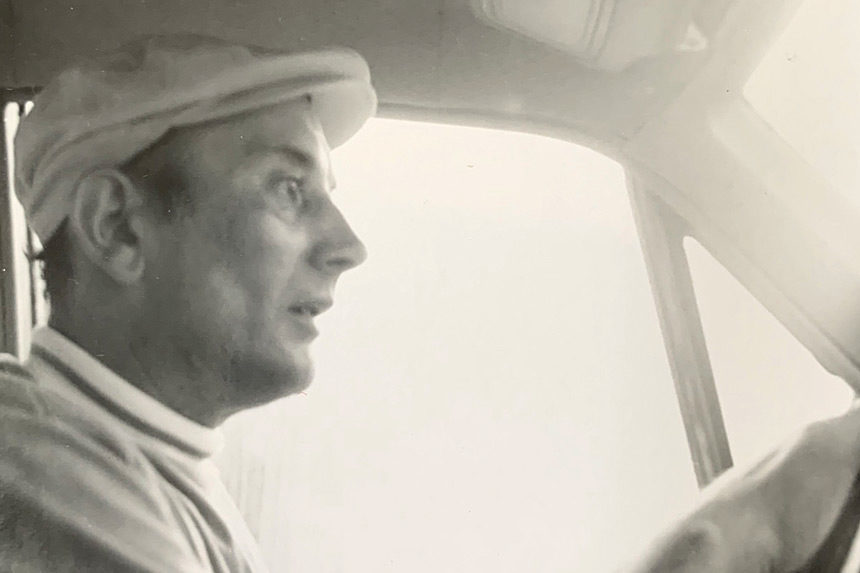Many of us keep somewhere in our home a dust-covered carton crammed with decaying photographs that reveal the complex stories of our long-ago lives. The dread that attaches to these cartons — the reason they are seldom visited — is understandable. Experience tells us that the fading images stored within are bound to trigger good memories but, almost surely, some bad ones as well. They are fraught. I want to come back to them in a moment.
But first: Do you recall the Polaroid Corporation, maker of the instant cameras that were ubiquitous not so long ago? Polaroid went bankrupt in 2008. The internet and smartphones killed its business. Who needed pictures on disposable paper when you could endlessly manipulate your snaps on a hard drive or the web? Well, shock of shocks, Polaroid is back. Remarkably, it has lots of competition. Several well-known companies have joined the new Polaroid in selling inexpensive cameras that once again afford us the pleasure of taking poorly composed pictures that we can hold in our hands seconds later.
To touch a physical photo is, in some way, to be touched by it, instantly.
As it turns out — and this is wonderful, I think — the purity and imperfections of on-paper photographs retain a magic that’s not duplicable. There’s something ineffably satisfying about their tactile quality. Run your fingers across their surface! Don’t they feel timeless? To touch a physical photo is, in some way, to be touched by it, instantly.
Which brings me back to the trove many of us warehouse in our homes. In my own case, that means the thousand or so crinkled photos that have survived multiple moves around the country. The pictures are unorganized and, most of them, uncaptioned. Recently, when I experienced an unaccustomed impulse to meditate on my life journey, I screwed up the courage to pry open the bin for the first time in many years.
Along with pictures of me in school, in the company of girlfriends, traveling, attending family celebrations, and so on — an array of stills documenting a not atypical lower-middle-class upbringing — I also found what I knew I would: Here were the painful visual reminders of too many tragedies.
For a few hours I reviewed (and wept over) pictures of uncles murdered in the Holocaust, a favorite aunt who died young, a mother in the throes of a debilitating disease, an ex-wife who passed following a brief illness just this year. And then, haphazardly, I plucked from the pile a picture of my father, who had died unexpectedly during surgery. Somehow, I’d never seen that particular image before: “Pops” looking incredibly cool in his driving cap, at the steering wheel of a car on an unknown highway. Exactly as I remember him. It stole my breath.
Shimmering brightly on a modern flat screen, these pictures would have delivered far less wallop. However, to pinch them between my fingers, to hold them up to the lambent light of a late afternoon …
When at last I returned them all to their bin, two thoughts came into sharp focus. Photos of people we love are vastly more consequential than pictures of places and objects we love. And pictures on paper hit the heart harder than pictures displayed on glass screens. Now, more than ever, I believe these things to be manifest.
In the last issue, Cable Neuhaus wrote about the Slow Movement.
This article is featured in the November/December 2020 issue of The Saturday Evening Post. Subscribe to the magazine for more art, inspiring stories, fiction, humor, and features from our archives.
Featured image: “It stole my breath.” This image of the author’s dad, “looking incredibly cool in his driving cap,” captured the man exactly as remembered. (Photo courtesy of Cable Neuhaus)
Become a Saturday Evening Post member and enjoy unlimited access. Subscribe now




Comments
Old photographs are timeless and beautifully imperfect, and you are so right: Pictures of people we love mean so much more than pictures of places and objects we love (the latter I refer to as blog photos). Thank you for sharing.